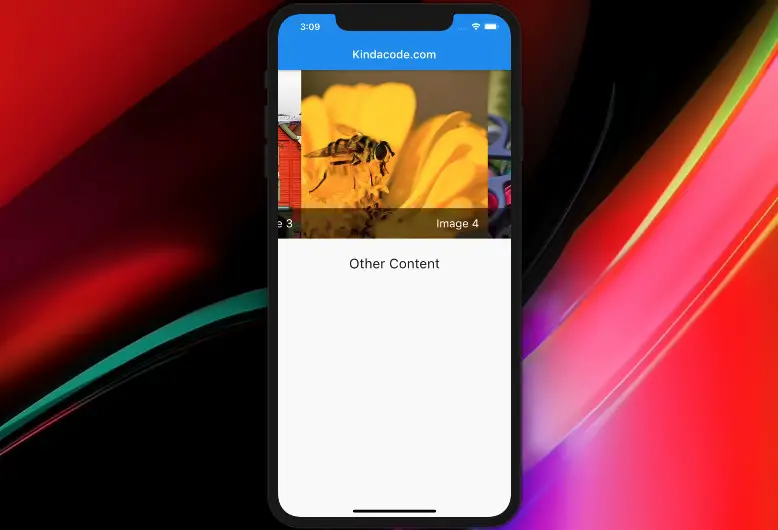

The only prerequisite are said two tools. It uses Weave Net and Docker to set up a Kubernetes cluster anywhere. The other one comes curtesy of our friends from Weaveworks and is called Kubernetes Anywhere. DNS and the dashboard, and is aiming to become the default local-cluster setup. One of them is Minikube, which is a single command way of getting a single-node cluster up in a VM (currently VirtualBox and VMware Fusion), incl. There’s further some more recent projects appearing in the official Kubernetes GitHub repo. Recent Developments In The Kubernetes Repo you need to deploy DNS manually, which can be tricky if you’re new to Kubernetes. However, that one is quite long and includes many steps to get it to a state comparable to the above mentioned solutions, e.g. There’s official documentation for running it. There’s several images and guides out there, but maybe the most used and most updated, as it’s built and pushed automatically on every release of Kubernetes, is hyperkube. There’s even a nice menu icon, which gives you access to all kinds of commands and settings, like updating Kubernetes and CoreOS.įurther, there’s the option to just run a local Kubernetes in Docker, which runs pretty much anywhere that Docker runs. Additionally they come with UIs for fleet and Kubernetes. And like the Vagrant boxes above, these are based on CoreOS and fleet as an underlying base layer and come with a running DNS setup. They have a single node and a multi node variant as well.
Docker for mac xhyve mac os#
However, in turn it comes with refreshingly low requirements as to prerequisites (neither Virtual Box nor Vagrant, just a recent version of Mac OS X).
Docker for mac xhyve mac os x#
You can configure things like how many nodes with how much RAM you want and which version of CoreOS should be running.Īnother popular choice is based on xhyve and thus supports Mac OS X only. The setup is based on CoreOS VMs and they take care of setting up everything including TLS encryption between the components as well as DNS and even (if you want) Calico networking. Quite commonly used are the Vagrant boxes by our friends at CoreOS, they run on almost any kind of host system and have both a single node version as well as a multi node (or cluster) variant. Disclaimer: I have no aspiration to completeness here and limited it to several common cases, but if you think I’ve overlooked an important option, just shoot me a message and I might add it to the list. There’s many local development environments out there and I’ll try myself at giving you a bit of an overview over a selected few and a bit of help with choosing one that works for you. This is both nice (diversity!) but also can get quite confusing for getting started. Like many things in Kubernetes world there’s no single source of truth and rarely can you easily find a common best-practice. Secondly, as you will be getting a fully-managed Kubernetes that includes all functionality of any vanilla Kubernetes, you can start right now with a local development environment and get familiar with it.įinding The Right Local Development Environment
Docker for mac xhyve full#
Firstly, we’re working on the new platform with full steam and will release it step by step, first to a selected group of alpha users, and sure soon enough also open to more people out there.

Now, I got you confused, so let’s paddle back a bit. Ok, so now that this is out, you might want to know when you can start trying it out. Thanks everyone for your feedback.Īt Giant Swarm we’re currently working on the next generation of our Microservice Infrastructure and I’m going to tell you a secret: It’s gonna be based on Kubernetes and fully-managed (yes, even the nodes) just like our current infrastructure. There’s some more options in the comments below.

I updated the post with two more options that can be found in the official Kubernetes repo. Update: This post has seen some great response and I’ve been receiving lot’s of nice suggestions.


 0 kommentar(er)
0 kommentar(er)
